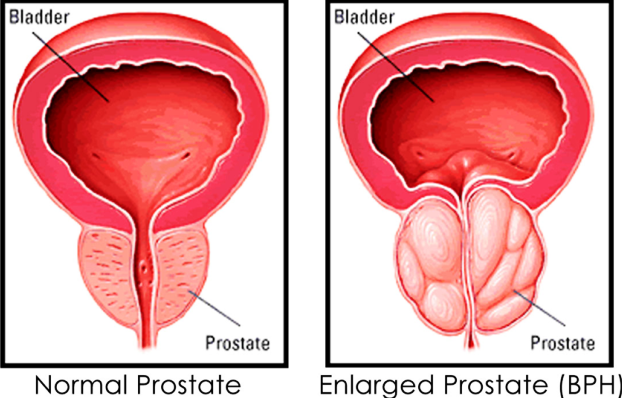
BPH
Overview:
Benign prostatic hyperplasia (BPH) — also called prostate gland enlargement — is a common condition as men get older. An enlarged prostate gland can cause uncomfortable urinary symptoms, such as blocking the flow of urine out of the bladder. It can also cause bladder, urinary tract or kidney problems.
Treatment:
Medical Treatment:
There are medications which can be used to treat symptoms. Some medications help relax the prostate to improve flow and some lead to reduction in prostate size over time.
Surgical Procedures:
Treatment with the UroLift® System uses a minimally invasive approach that provides rapid relief and recovery of BPH symptoms. Dr. Quayle performs Urolift in the office under local anesthesia.
Find out more About the Urolift System Here!
Laser Vaporization of Prostate (Transurethral Vaporization of Prostate/TUVP): In this typically outpatient procedure, the surgeon uses a high-energy laser through the urethra to destroy the obstructing prostate tissue instead of remove it like in traditional TURP. Laser therapy improves symptoms right away and has a lower risk of side effects than does non-laser surgery.
GreenLight™ Laser Therapy – Boston Scientific
Transurethral resection of the prostate (TURP): In this procedure that usually requires an overnight stay, the surgeon inserts a working scope (resectoscope) through the tip of your penis and into the tube that carries urine from your bladder (urethra). The prostate surrounds the urethra. Using the resectoscope, your doctor trims away excess prostate tissue that’s blocking urine flow.
Robotic Simple Prostatectomy: This is an in-patient procedure in which the entire adenoma or central prostate growth is removed through small abdominal incisions. This is sometimes required for prostates which are too large to be managed by endoscopic (through the urethra) surgery.
Dr. Sejal Quayle offers these minimally invasive surgeries for treatment of enlarged prostate.


